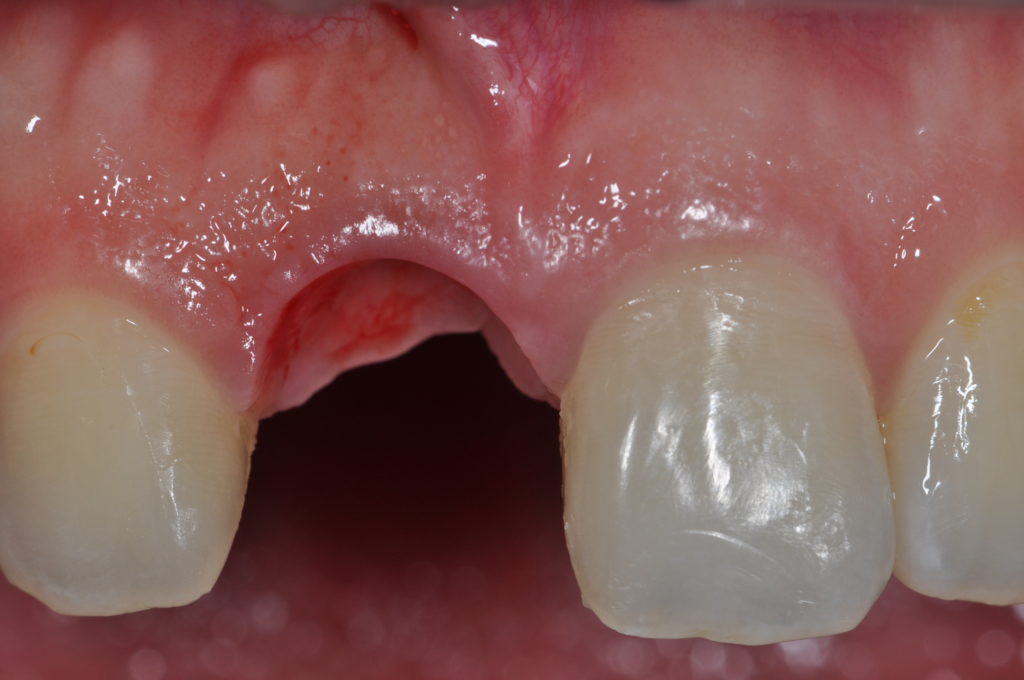We have completed the four part series of Essentials of Anterior Implant two days ago and concluded this webinar series. We hope it was a useful series and able to empower you in your clinical practice. We have summarise the series in the following for your reading.
Preservation of biological tissues is critical to a successful outcome
Dental implantology is a restorative discipline with a surgical component. We have heard this multiple times but unfortunately this ‘belief’ may not be followed through. The placement of the dental implant should be surrounded by bone but it may not be in the right restorative position. It is paramount to place the implant in a correct 3D position with minimal hard tissue sacrificed or removed from the osteotomy. Otherwise, it is very important to increase the hard tissue by performing a bone augmentation procedure.
It is also very important to acknowledge the critical role of the soft tissue around the emergence profile of the implant abutment and crown. The genetic make up of our patients in Asia can be a challenge as not many of them have thick gingival biotype. Thus cases with thin gingival biotype are very vulnerable to damage from repeated tissue irritation with multiple fitting and undoing of the prosthetic components. The area particular sensitive to this, is at the facial aspect. From the inter-proximal area, the papilla can be more resilient to such irritation if it has a natural tooth next to the implant, since the papilla is supported by the tenacious architecture of the supra-crestal fibres of the natural tooth. However, it should be highlighted that the stability of the papilla is dependent on supra-crestal fibres not the junctional epithelium that lined the sulcus of the gingival pocket. It is erroneous to depend on just measuring the distance from the crest of the bone to the contact point of the teeth. To translate a 2-dimensional measurement to a 3-dimensional embrasure space is not correct.
The bigger challenge is to place multiple implants and especially adjacent implants. The inter-implant tissue histologically has the appearance of a scar tissue therefore it was shown to have a reduction in dimension (volume) compared to a healthy papilla around a natural tooth, Therefore, it has ben recommended that a pontic space between the implants will improve the aesthetic outcome with better papilla creation between the prostheses. This is only possible if there is sufficient soft tissue. If it is deficient, the outcome will also be compromised. Shaping of the papilla and facial soft tissues in these anterior implants should be patiently guided with a temporary prosthesis.
In summary, understanding the hard and soft tissue, nature of the implant site is important. Preservation of biological tissues is critical to a successful outcome. Placing an implant in the correct 3-dimensional position forms the starting point and ‘plumb-line’.
If you missed the webinars, sign up to be posted on our events.

